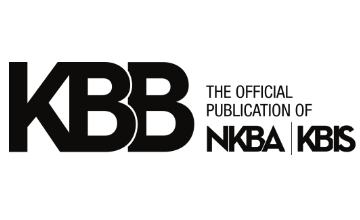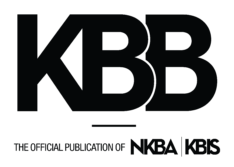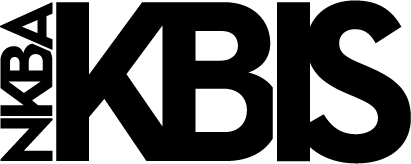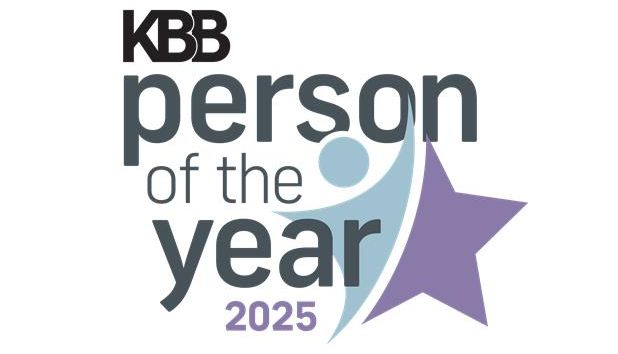Patricia Davis Brown has been designing kitchens since 1985, and she was recently hired by a second luxury home developer, which has increased her sales 50% during the pandemic. Owner of Vero Beach, Fla.-based Patricia Davis Brown Designs since 1992, Brown says she enjoys designing spec homes for these luxury developers because she is not bound to what a homeowner wants and can be much more creative, which usually sells the house.
The first builder discovered her because of her overarching online presence, something she feels is important for creating a successful business. She says longevity is great, but you also have to be known.
“I think my experience in the industry brought me developers seeking a designer who could enhance an investment home to sell,” said Brown. “As you develop your career, opportunities will find you. It is important to build your portfolio and market your craft to attract good projects.”
KBB sat down with the designer to discuss what it’s like working on spec homes in terms of the upside, as well as the challenges.
KBB: Do you still work on your own projects?
PDB: My time is more limited with what I can take on myself, but I also work on projects outside of the developer that consist of remodels, interior design, lighting design and consultation. Maybe it is ego, but when someone recommends me, I feel I need to take the project. I will be more selective going forward, but I also don’t want to put all my eggs in one basket.
KBB: What are the differences between designing a spec home and doing a renovation for an actual client?
PDB: I am not working on what someone envisioned their home to be. The freedom allows me to create a designer home with the latest trends and to be super creative. I do not choose furnishings for most of my projects, but I can in a model home. Clients always have their own ideas, and although you are not going to agree with all of them, it isn’t your house. With spec homes, I can work with the brands I like, and I am in control of all the finishes.
KBB: What’s your process for designing a home for unidentified clients?
PDB: I want to create something they could never have dreamed of but want, and I don’t make it look like a typical house. I take a property and look at the views and the focal points you see upon entering the rooms and choose wow factors that make the most impact. Scale needs to be elevated to attract someone to purchase, and I take things outside the box so the design is memorable. A designer will know to do that, but the builder will not.
In a powder room, I choose a really loud wallpaper so potential buyers will remember it. Chunky hardware on a slab door makes a huge impact. If a home is on a waterway, I may use a glass countertop that reflects light and brings the outside in. Lighting design is incredibly important, especially in a large home with a tall foyer.
KBB: Do you design in a way that the new owners can come in and change things around if they so desire?
PDB: Yes, I keep a neutral palette with the hard finishes. By doing this, the design acts as a canvas.
KBB: Are there any challenges around designing spec homes?
PDB: Typically, there are no furnishings in a spec home, so you need to find other ways to make an impact. For instance, popping a trending color on the island in the kitchen or using a designer hood as a focal point that someone will fall madly in love with and have to have. Hardware, wallpaper and a balance of textures – those can make an impact. You also need to have the right kelvin temperature for the lighting; you do not want everything in the home to look gray and cold. Builders do not realize this, and you can’t leave it to an electrician. The wrong lighting can mess it all up.
If you are a designer wanting to break into the spec home market, make sure your social media game is hitting it out of the ballpark. To gain even more recognition in your industry, always market your projects on your website with great photography.









